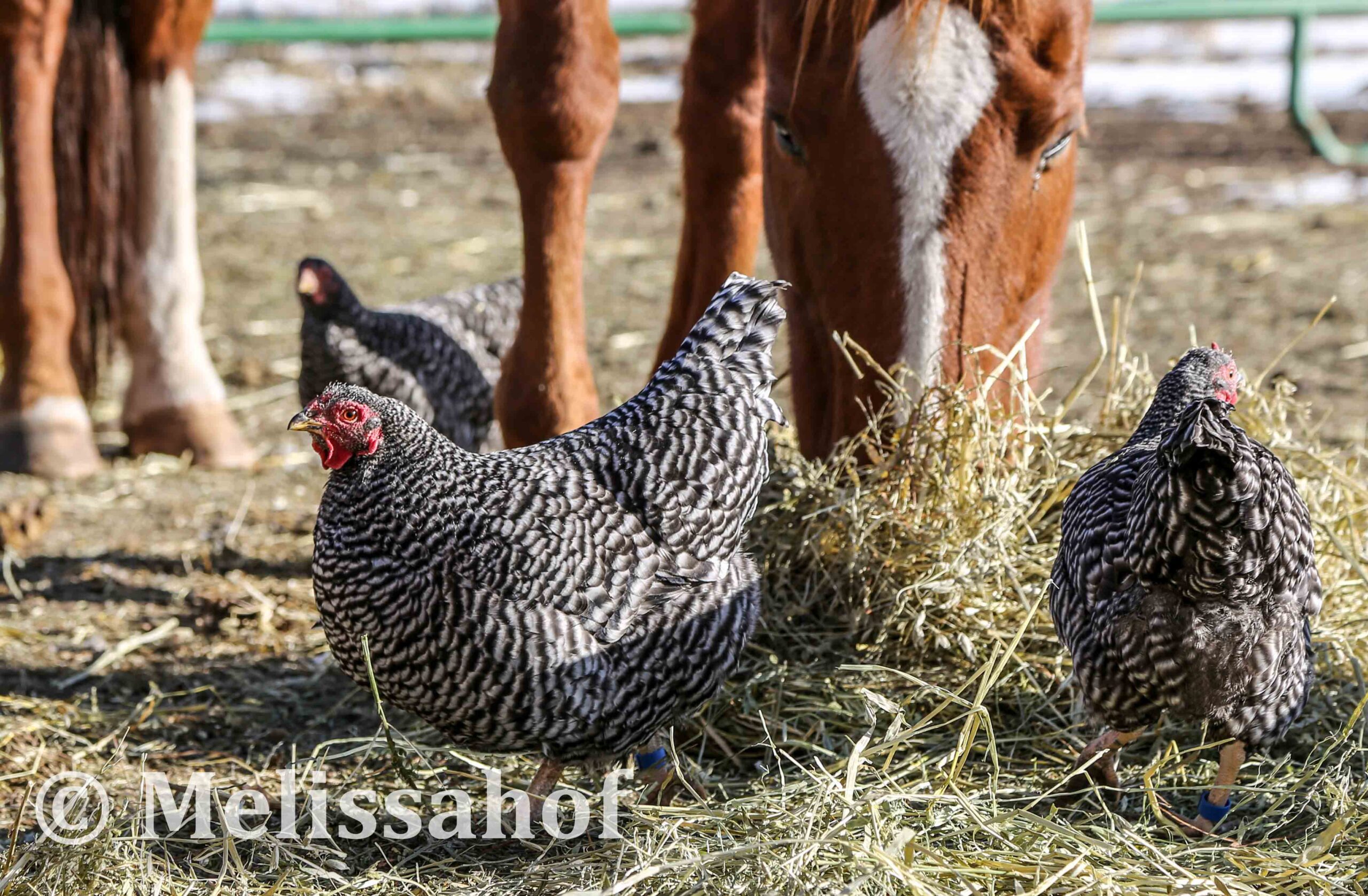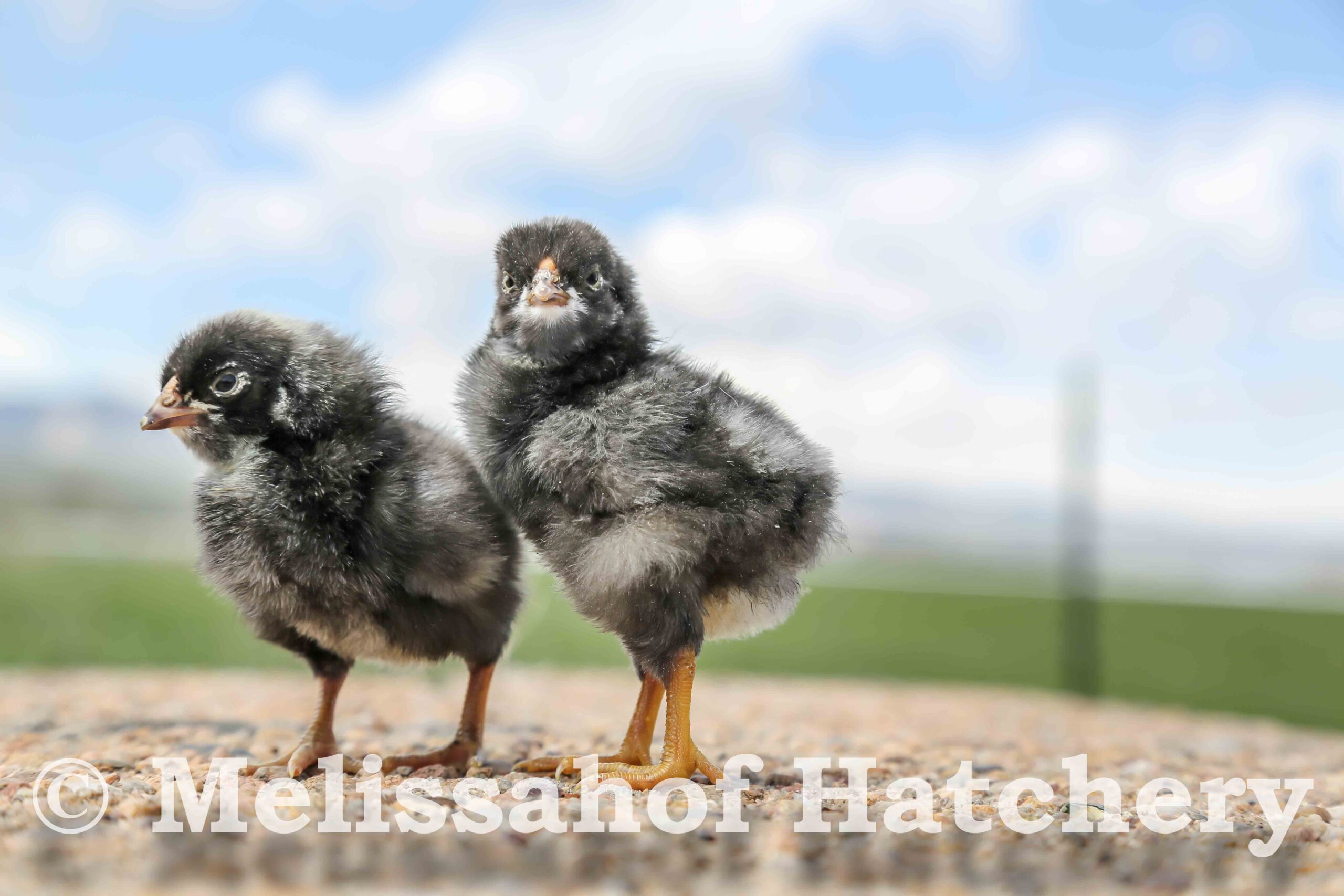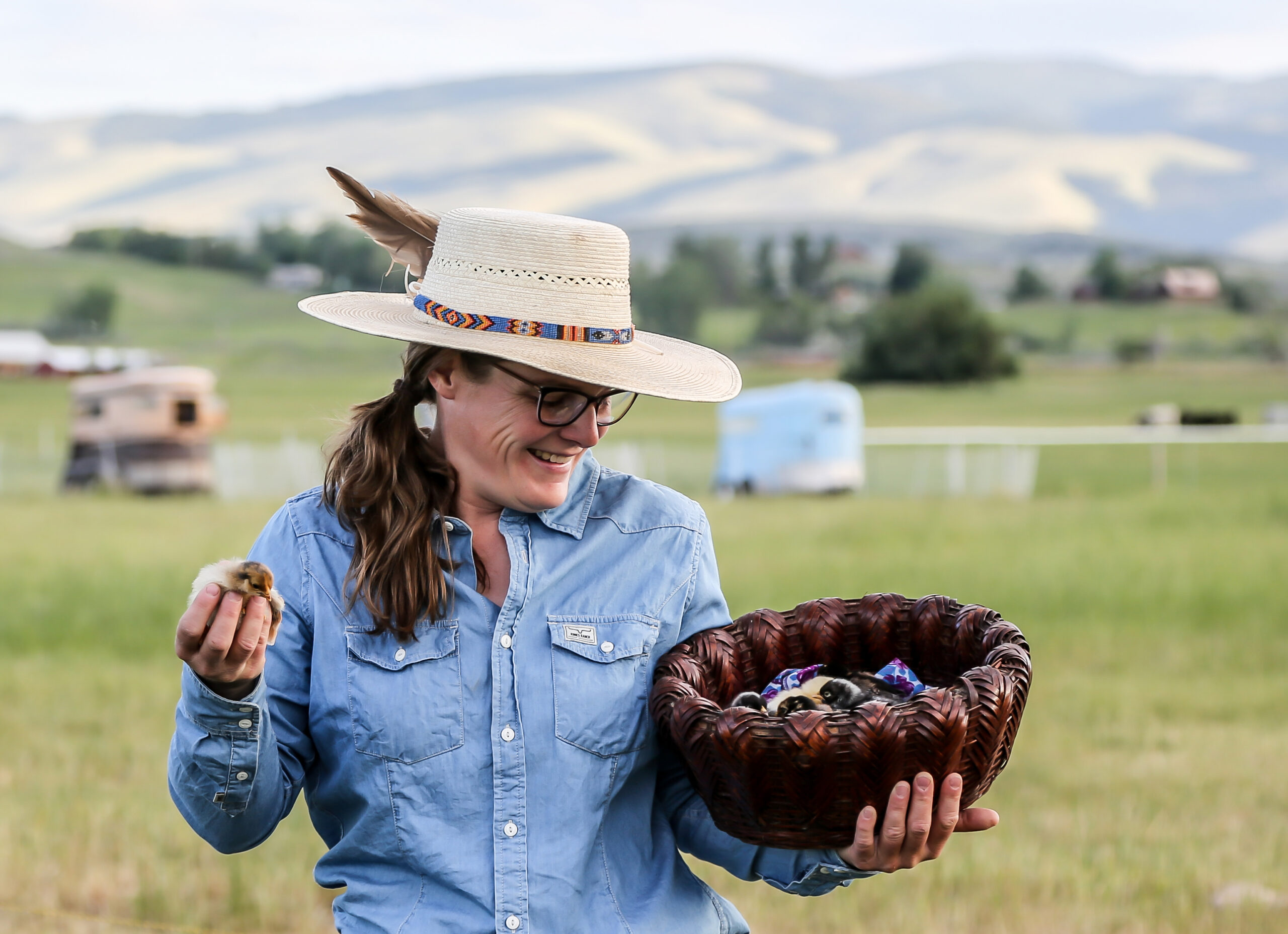The Joy of Poultry
Small and mighty, poultry bring integral services to the farm as well as simply the pure joy of having poultry. They lay eggs, provide meat, consume food waste, aid decomposition, and control insect infestations. As the youngest child on my family’s Iowan farm, I was the main chicken caretaker. I liked to work with the poultry. It earned me the CB (citizens band) radio handle, “Little Chick,” for farm communication. This was in the days prior to mobile phones when my family’s trucks, tractors, and the kitchen refrigerator sported a CB radio. As kids do, I grew up and left the farm. My parents got rid of the chickens.
Life took me places, and I landed on a farm near Lander, Wyoming. I transitioned my large vegetable garden from my house in town out to the new place. That summer, a plague of grasshoppers beleaguered the garden. “Chickens,” I thought, “that’s what I need.” A neighbor gave me some of her old laying hens. From another neighbor, I picked up a young rooster that I dubbed, “Rooster Cogburn.” The fresh eggs—burnt orange from the hens’ grasshopper diet—were delicious. The chickens’ interactions with each other, and me, reminded me about the joy of poultry. Once, I drove up the driveway to my house and Cogburn ran to meet my car! He and the hens knew that I was their deliverer of kitchen scrap treats.
 The hens were ancient. I decided to mail order baby chicks as replacement hens. I researched poultry breeds that would thrive in the high elevation, cold climate of Wyoming and chose Dominiques. The heritage breed is a high-volume egg layer and has a cold-hardy compact rose comb and thick plumage.
The hens were ancient. I decided to mail order baby chicks as replacement hens. I researched poultry breeds that would thrive in the high elevation, cold climate of Wyoming and chose Dominiques. The heritage breed is a high-volume egg layer and has a cold-hardy compact rose comb and thick plumage.
The ordered chicks shipped out from the hatchery and never arrived. The Lander post office staff helped me track down my box of chicks that languished in a regional post office hours distant. I learned that my chicks would finally reach the Lander post office on the Sunday mail truck. And, sit on the loading dock until Monday morning. I explained to the Lander postmaster that the chicks, to live, needed food, water, and warmth as soon as possible. “If you promise to meet the mail truck at 3 am on Sunday,” said the postmaster, “I will ask the truck driver to call you when he gets to Lander.” Anxious for the chicks, I promised.
I set my alarm for the wee hours of that Sunday morning. Before I drove into town, I turned on the heat lamp to warm the brooder. The truck driver called me to say he was about 30 minutes out. “I’ll be there!” I responded. Chicks live on the yolk of the egg for 72 hours and then need further sustenance. My chicks had been in transit for 83 hours, and a few were dead on arrival. The driver informed me that he often delivers boxes of dead chicks here in Wyoming. He can tell the animals are deceased because no peeping sounds from the boxes.
Back home at the brooder, I carefully hand-watered all the chicks with a vitamin solution. Unfortunately, several more succumbed to the stress of extended shipping. The hatchery refunded me for all of the deaths. I really wanted the live chickens, though.
 As I recounted this experience to others, I learned that they also regularly experience the same shipping deaths for mail-order chicks. Wyoming is the most rural, and most sparsely populated, state in the Union. There are five people per square mile here. In my county, 39,261 residents live scattered across an area the size of Vermont. Today’s shipping speed barely outpaces the Pony Express, it seems.
As I recounted this experience to others, I learned that they also regularly experience the same shipping deaths for mail-order chicks. Wyoming is the most rural, and most sparsely populated, state in the Union. There are five people per square mile here. In my county, 39,261 residents live scattered across an area the size of Vermont. Today’s shipping speed barely outpaces the Pony Express, it seems.
Wyoming may be rural, yet we still want to the joy of raising poultry here. I had a business idea: what if I keep purebred breeding flocks, incubate the eggs, and sell the baby chicks to Wyomingites? On that thought, my boutique Melissahof Hatchery launched.
Melissa Hemken is a freelance photographer and writer based in Wyoming. She also operates a small farm business. Read more of her work here, www.melissahemken.com, and find Melissahof Hatchery at www.melissahof.com. Follow her on Facebook and Instragram @melissahoffarm.

